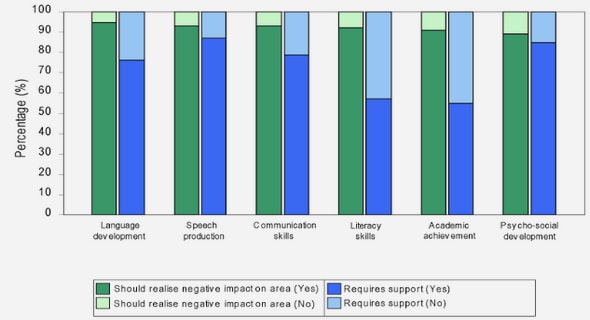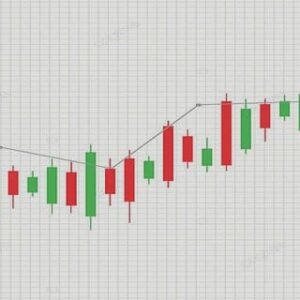(Downloads - 0)
For more info about our services contact : help@bestpfe.com
Table of contents
CHAPTER 1 HAPTIC SYSTEMS
I. Introduction
II. Specifications of Haptic Interface
II.1. Haptic rendering algorithms
II.2. Requirement for a good haptic feedback design
II.2.1. Human haptic perception
II.2.2. Sensory motor control
III. Technology of Haptic System
III.1. Actuation
III.1.1. Classical actuators
III.1.2. Novel actuators for haptic devices
III.1.3. Comparison of the different technologies
III.2. Concepts and examples of haptic devices
III.2.1. Non-portable force feedback
III.2.2. Portable force feedback
IV. Haptic Feedback Applications
V. Conclusions
CHAPTER 2 TELEOPERATION SYSTEMS
I. Introduction
II. Teleoperation System Building Blocks
II.1. Human operator model
II.2. Environment model
II.3. Controller model
II.4. Master/Slave model
II.5. Transmission line
II.6. Formulation using a two-port presentation
III. Basic Control Architectures
III.1. Four-channel (4CH) diagram
III.2. Two-channel (2CH) diagrams
III.2.1. Position error based (PEB)
III.2.2. Force error based (FEB)
III.2.3. Direct force reflection (DFR)
III.3. Three-channel (3CH) diagrams
IV. Performance
IV.1. Tracking errors
IV.2. Bandwidths
IV.3. Scaling product
IV.4. Transmitted impedance
IV.5. Transparency
V. Stability
V.1. Stability analysis with known operator and environment models
V.2. Stability analysis with unknown operator and environment models
VI. Applications
VI.1. Handling hazardous material
VI.2. Underwater vehicle
VI.3. Space robots
VI.4. Micro-surgery
VI.5. Mobile robots
VI.6. Future trends
VII. Conclusion
CHAPTER 3 DESCRIPTION OF A SINGLE DOF PNEUMATIC HAPTIC INTERFACE
I. Introduction
II. Performance Specifications
III. Actuation
IV. Sensing
IV.1. Position sensor
IV.2. Force sensor
IV.3. Pressure sensor
V. Pneumatic Valves Technologies
V.1. Servovalves
V.1.1. Operating principle of jet-pipe pneumatic type servovalve
V.1.2. Characterization of the Atchley 200PN-176
V.2. Solenoid valves
V.2.1. Overview of Matrix – high speed valve technology
V.2.2. Speed-up control techniques
V.2.3. Characterization of the Matrix valves – series 820
VI. Presentation of prototype
VII. Conclusion
CHAPTER 4 BILATERAL CONTROL OF A PNEUMATIC-ACTUATED TELEOPERATION SYSTEMS WITH SOLENOID VALVES
I. Introduction
II. Model of Pneumatic System
II.1. Model of the actuator
II.2. Model of the mass flow rate
III. PWM Control Design
III.1. Basics
III.2. Force tracking controller design
III.3. PWM-based teleoperation control
IV. Hybrid Control Design
IV.1. Model-based control design for a single pneumatic manipulator
IV.1.1. Hybrid control principle
IV.1.2. Application to a pneumatic system
IV.1.3. Simulations
IV.1.4. Experiments
IV.2. Hybrid bilateral control for a pneumatic teleoperation system
IV.2.1. Implementation of the force inner loop in the 4CH architecture
IV.2.2. Simulations
IV.2.3. Experiments
IV.2.4. Stability discussion
V. Sliding Control Design
V.1. Teleoperation based on three-mode control scheme (3MCS)
V.1.1. Open-loop model of the master and slave devices
V.1.2. Closed-loop teleoperation system
V.1.3. Experiments
V.2. Extension to a five-mode control scheme (5MCS)
V.2.1. Controller mode selection
V.2.2. Comparison between the 5MCS and the 3MCS
VI. Conclusion
CHAPTER 5 BILATERAL CONTROL OF A PNEUMATIC-ACTUATED TELEOPERATION SYSTEM WITH PROPORTIONAL SERVOVALVES
I. Introduction
II. Model of Pneumatic Actuator and Servovalves
II.1. Theoretical model
II.2. Comparison of simulation and experimental models
III. Bilateral Control Based Master-Slave Telemanipulator
III.1. Tangent linear model of pneumatic actuator
III.1.1. Equilibrium set
III.1.2. Linear model setup
III.1.3. Reduced tangent linear model
III.2. 4CH teleoperation controller design
III.3. Experiment and discussions
III.3.1. Experimental setup
III.3.2. Experimental results
IV. Bilateral Control Based on Force Observer
IV.1. Implementation of the HOB and EOB schemes
IV.2. Experiment results
V. Conclusion
CONCLUSIONS AND PERSPECTIVES




